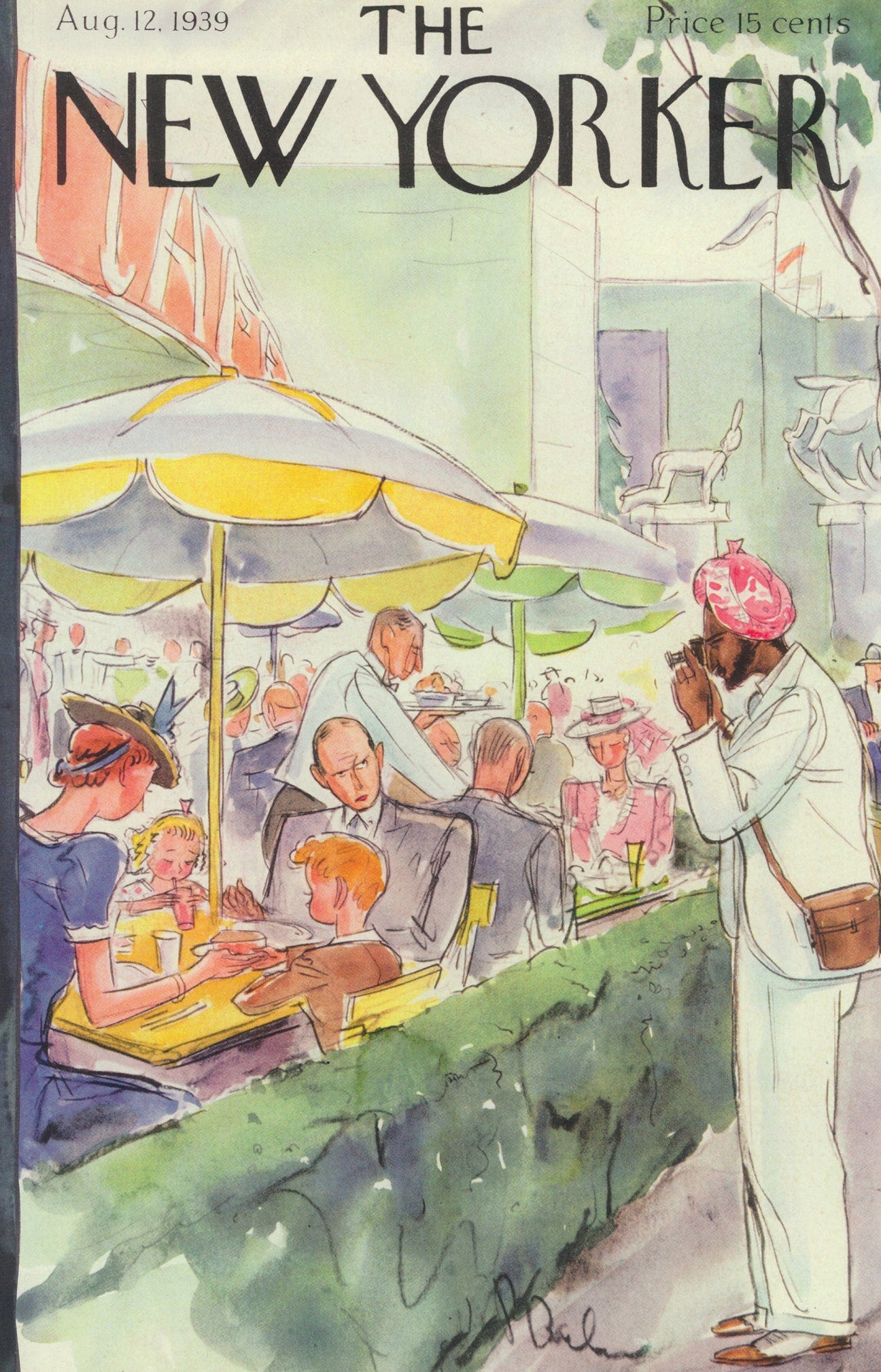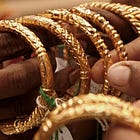Welcome to the Brown History Newsletter. If you’re enjoying this labor of love, please do consider becoming a paid subscriber. Your contribution would help pay the writers and illustrators and support this weekly publication. If you like to submit a writing piece, please send me a pitch by email at brownhistory1947@gmail.com.
Don’t forget to check out our SHOP and our Podcast.

Recommended Reads:
The Rise of South Asia’s Javelin Stars
Eyes locked in, gripping the massive spear in his hand tighter than ever before, the intensity building with every step. This was the moment of his life, this was it, this is what he had been working for his entire life. It was 2020, the year of his first ever Olympic games in Tokyo, Japan. With a powerful leap, he hurled the javelin harder than he ever has before, thrusting himself as far forward as possible. He landed on all fours but quickly turned to watch the javelin soar further and further. 86.65 meters. With that throw he had already surpassed every competitor in that meet, securing his place in the final round.
Calm, cool, and collected, he was not celebrating yet, knowing the job wasn't finished. The youngest ever Indian javelin thrower in the Olympics had one more throw left—the most important throw of his life. With measured poise, he strode down the runway and as the javelin left his fingertips, he knew. He felt it in the air —it was perfect. Turning his back to the landing sector, he raised his arms in triumph, shouting with a mix of joy and relief. Neeraj Chopra had just become India’s first ever track and field gold medalist.
Four years later, at the 2024 Paris Olympics, a 27-year-old Pakistani athlete from humble beginnings surpassed Chopra, setting a new Olympic record with a throw of 92.97 meters. Arshad Nadeem brought home Pakistan’s first ever Olympic Gold Medal in an individual event. Nadeem's journey was marked by hardship; his village had to fund his training because he couldn’t afford it himself. Without a proper training ground, he used to carve out javelins from eucalyptus branches and trained in his backyard or on the streets of Mian Channu, Pakistan. The first person Nadeem called when returning to his room was his mother. She knew he was speechless and didn’t know what to say so she opted to speak first, “Pakistan is proud of you.”
“Maine gold jeet liya.” he said in an emotionally charged return, which means “I won gold.”
So where did this sudden rise of elite throwers emerge from?








